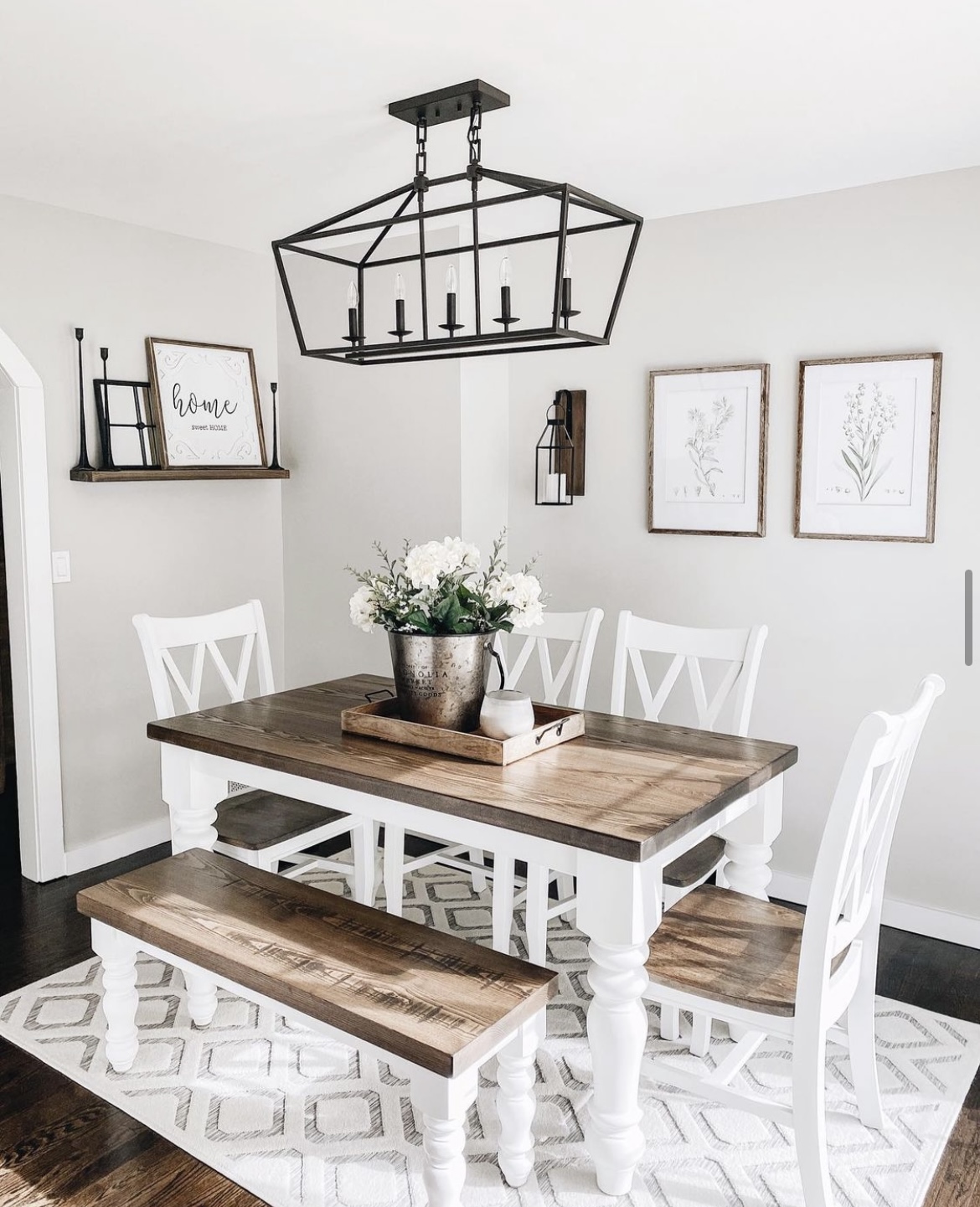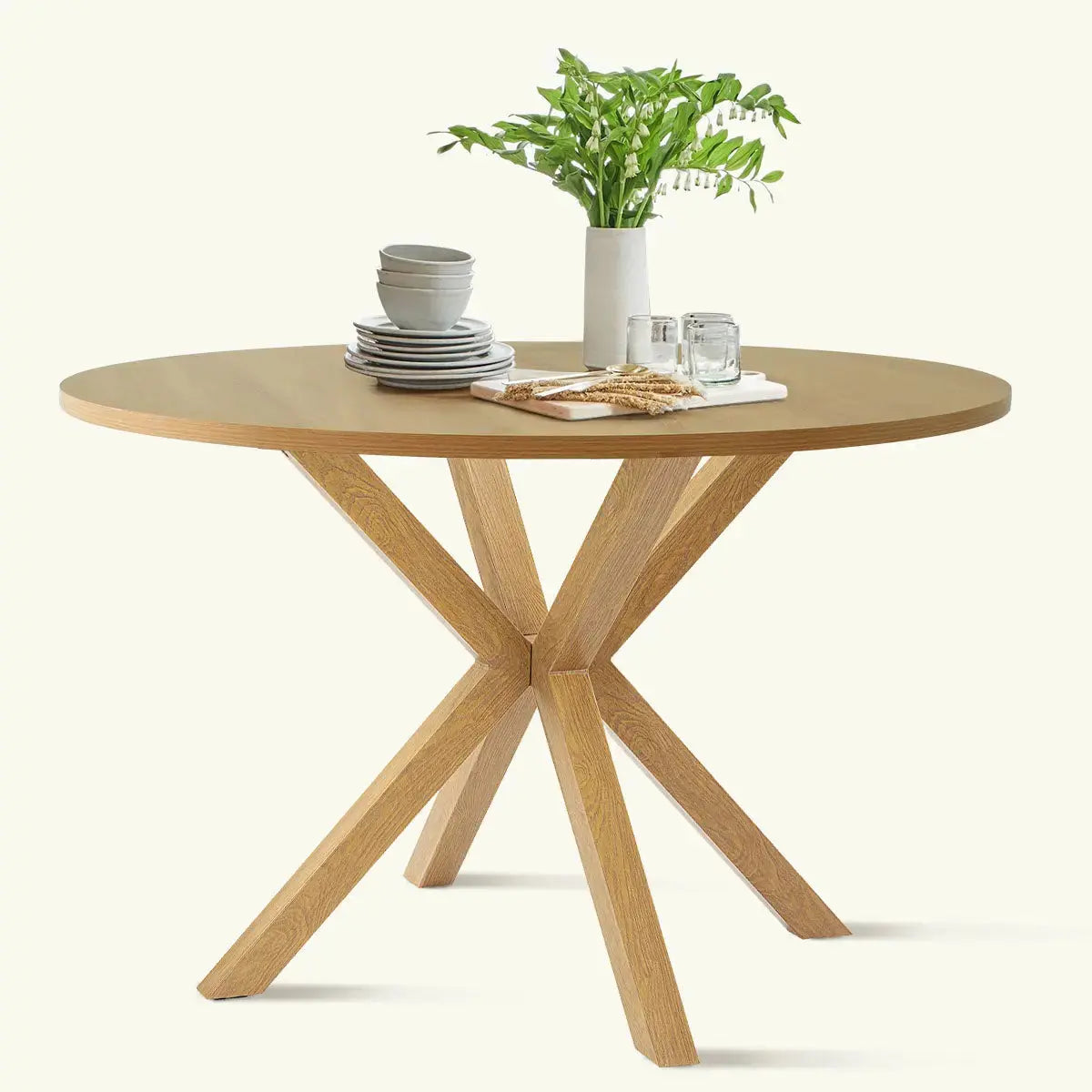Exactly How to Pick the Perfect Dining-room Table Legs for Your Home Design
Picking the excellent eating space table legs is a nuanced process that requires careful factor to consider of numerous aspects, including your area constraints, aesthetic choices, and useful requirements. The interplay in between products, measurements, and styles can significantly affect the atmosphere of your dining location, making it crucial to approach this choice systematically.
Assess Your Dining Room
Examining your dining room is vital for choosing the right table legs that complement both aesthetics and capability. Begin by determining the measurements of your dining location, including ceiling elevation, flooring space, and distance to other furnishings. This information will certainly help establish the suitable dimension and height of your table, which directly affects the choice of table legs.
Next, think about the design and layout of your dining room. An open-concept layout may benefit from table legs that use visual agility, such as slender metal or acrylic choices. Alternatively, a more conventional setup could ask for durable wooden legs that supply a feeling of durability.
Review the existing shade scheme and products in your eating area. Balancing the table legs with these aspects produces a cohesive look that enhances the overall decor.
Inevitably, a thorough assessment of your eating room will certainly assist you in making a notified decision, ensuring that your table legs not just boost the aesthetic charm but also offer functional functions.
Consider Your Style Preferences
When choosing dining-room table legs, it is necessary to review your personal design choices, as they substantially influence the overall visual of your dining space. Your selection of table legs can either enhance or contrast with existing décor, making it crucial to straighten them with your favored interior layout style.
If your home leans towards a modern-day aesthetic, consider smooth steel or minimal wooden legs that give a clean, uncluttered appearance. For a more typical technique, ornate wood legs with elaborate makings can add a touch of elegance and class. Industrial styles gain from robust, basic materials such as reclaimed timber and steel combinations, mirroring a tough beauty.
Furthermore, farmhouse and rustic designs frequently prefer durable, beefy legs that evoke a sense of heat and comfort. Alternatively, if your design is eclectic, you might select unconventional shapes or a mix of products to create aesthetic passion.

Evaluate Material Options
The option of product for eating area table legs plays a pivotal role in both longevity and visual appeal. Common materials include wood, metal, and composite choices, each offering unique attributes that can affect the total appearance and long life of your table.
Timber is a classic choice, known for its warmth and versatility. Hardwoods like oak and walnut provide extraordinary stamina and can be completed in different spots to match any type of design. Nevertheless, softwoods like want are a lot more susceptible to dents and scratches, making them much less excellent for high-traffic locations.
Metal legs, typically crafted from steel or aluminum, exude modernity and commercial beauty. They are very resilient and resistant to wear, making them suitable for family members with kids or regular gatherings (dining room table legs). In addition, steel can be finished in various shades, improving the customization opportunities
Composite materials, such as MDF or laminate, offer price and diverse designs. While commonly much less resilient than strong wood or metal, they can still supply our website a trendy appearance and are commonly simple to keep.
Eventually, the material you pick ought to straighten with your way of life, visual preferences, and the level of use your eating table will experience.
Determine Elevation and Size
Choosing the suitable elevation and dimension for your dining-room table is essential for both performance and comfort. The typical height for eating tables generally varies from 28 to 30 inches, allowing adequate legroom for many people when seated. It is crucial to consider the dimensions of your eating room and the types of chairs you prepare to make use of.

Additionally, think about the proportions of your dining-room. A larger table in a large location can produce a grand atmosphere, while a smaller sized table functions well in even more intimate settings. Eventually, the ideal height and size will balance with your overall design and enhance the dining experience for you and your guests.
Explore Customization Opportunities

Furthermore, the design of the legs can be customized to fit numerous styles, such as rustic, modern-day, or commercial. For example, conical legs can evoke a mid-century modern-day feeling, while chunky, block-style legs might resonate with typical or farmhouse decoration.
House owners can also discover color coatings, from natural timber stains to repaint, enabling them to match or comparison with the Related Site tabletop and bordering design.
In addition, leg height can be adapted to fit details seating plans or individual preferences, improving both convenience and performance.
Last but not least, distinct decorations, such as carvings or ornamental braces, can even more individualize the table legs, making the dining experience not just a declaration yet a meal item in the home. By taking into consideration these customization choices, home owners can create a dining-room table that truly shows their originality.
Conclusion
Selecting the suitable dining-room table legs needs cautious factor to consider of various elements, including the measurements of the eating room, design preferences, material sturdiness, and wanted elevation. Modification options even more improve the capability to accomplish a natural visual that enhances the total decor. By systematically evaluating these elements, property owners can make sure that the selected great site table legs not only meet practical demands however likewise add positively to the dining experience and atmosphere of the home.
Selecting the optimal dining room table legs is a nuanced process that requires careful consideration of various components, including your room restraints, visual choices, and functional requirements.Evaluating your dining space is crucial for picking the right table legs that enhance both appearances and capability.When figuring out dimension, gauge the location where the table will be placed to guarantee it fits easily, enabling for at least 36 inches of clearance around the table for very easy activity. A larger table in a spacious location can produce a grand ambiance, while a smaller sized table functions well in more intimate setups.Choosing the perfect dining area table legs needs careful factor to consider of different factors, consisting of the dimensions of the eating area, style choices, material longevity, and preferred height.